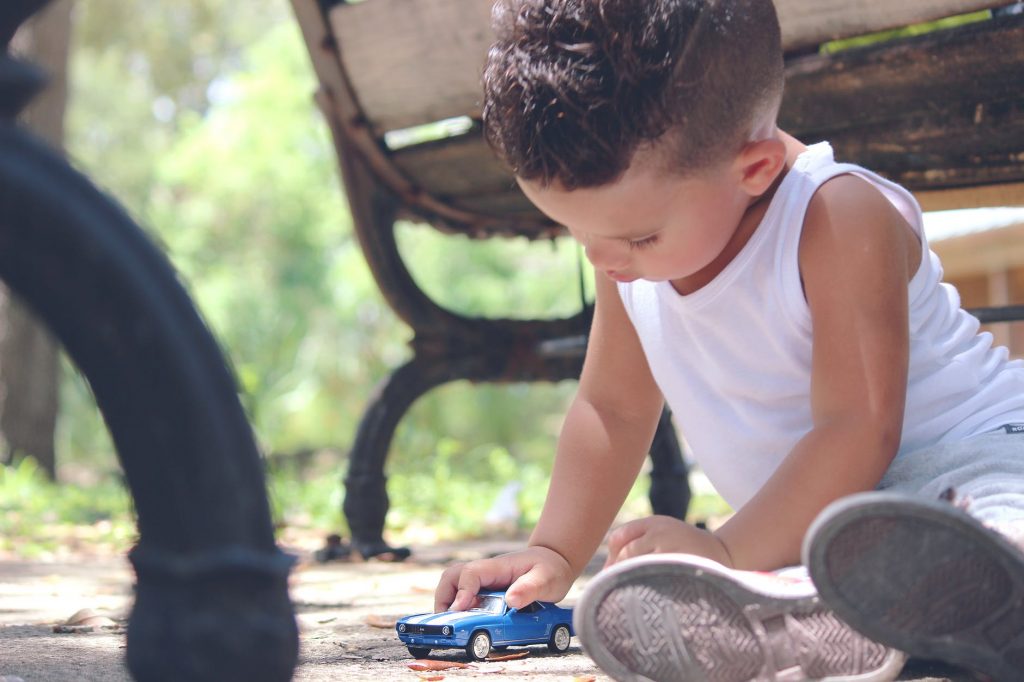
Finding the right treatment for your child with autism can be a difficult task. There are many treatments that can be used to treat children with autism; you should determine what therapy best fits your child’s needs. However, there is one therapy that is said to be able to treat different types of disorders. This therapy is called cognitive behavioral therapy (CBT), and it has been proven to help treat many disorders such as depression, anxiety disorders, and is also proven to be effective for those with autism.
What is Cognitive Behavioral Therapy?
Cognitive behavioral therapy is a form of psychological treatment that helps improve a person’s functionality and quality of life. CBT helps children with autism become aware of negative behaviors, and helps them respond to these in a more positive way. Therapists have found this treatment effective for all ages and for different disorders. However, for children with autism, they have developed a different approach because CBT requires a strong thinking ability.
The approach is to use CBT but in a repetitive way in order for the child to fully understand what the therapist is teaching. Visual aid is also introduced to help the child gain a perspective view on what the topic is about. Instead of simply approaching the child verbally, the therapist may use different strategies such us showing the child what interests them to gain their attention. The main advantage of this treatment is that children with autism can learn that they are not the only ones struggling with the disorder. Through a bond of friendship with others, they will be able to help each other overcome it.
What to expect in Cognitive Behavioral Therapies
The first session is focused on assessing the child with autism. This includes finding out what he or she is having difficulty with and what type of approach will get the child’s attention. Based on the therapist’s assessment, he or she will then create goals that will be helpful in treating the child with autism.
Subsequent sessions will focus on achieving those goals. The CBT approach often allows the child to practice their problem-solving skills, breaching the communication gaps, and simply conversing with the child once they have established a bond.
The final sessions will often begin once the child continues to achieve the goals set by the therapist. The number of sessions will gradually decrease until the child can be confident of learning on his or her own. A successful treatment will help your child rely on themselves and allow them to make decisions while showing less undesirable behavior.






